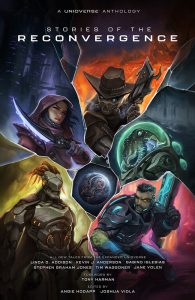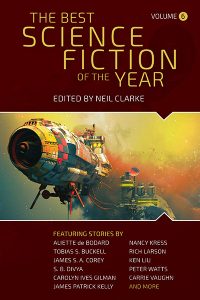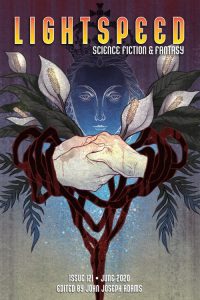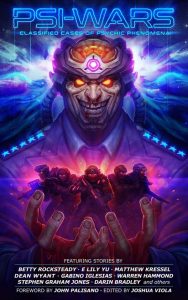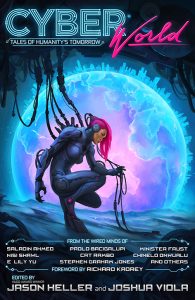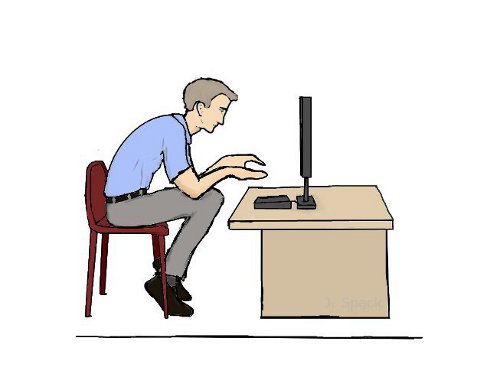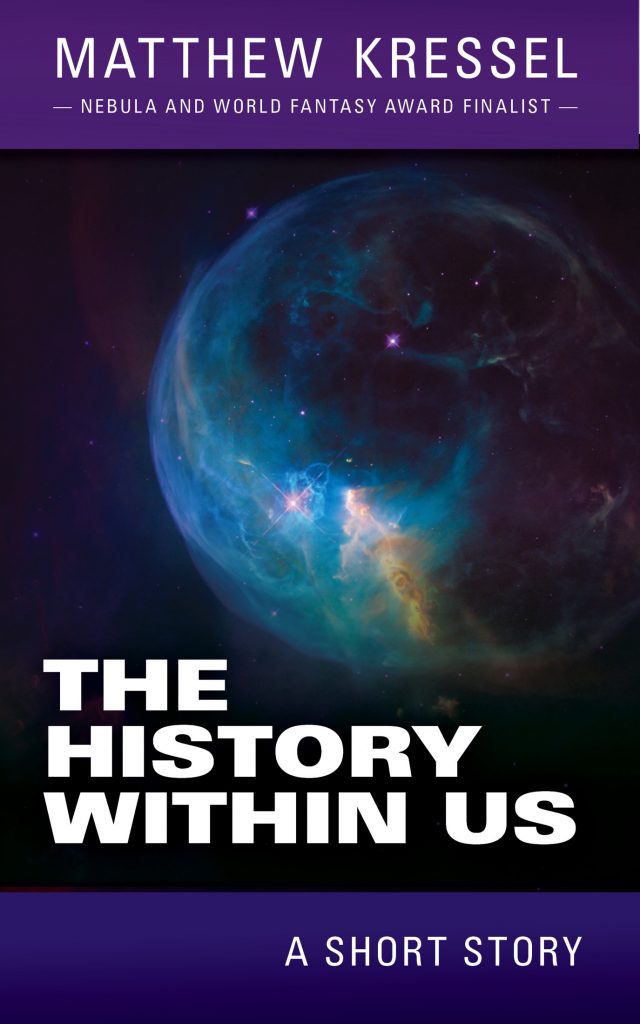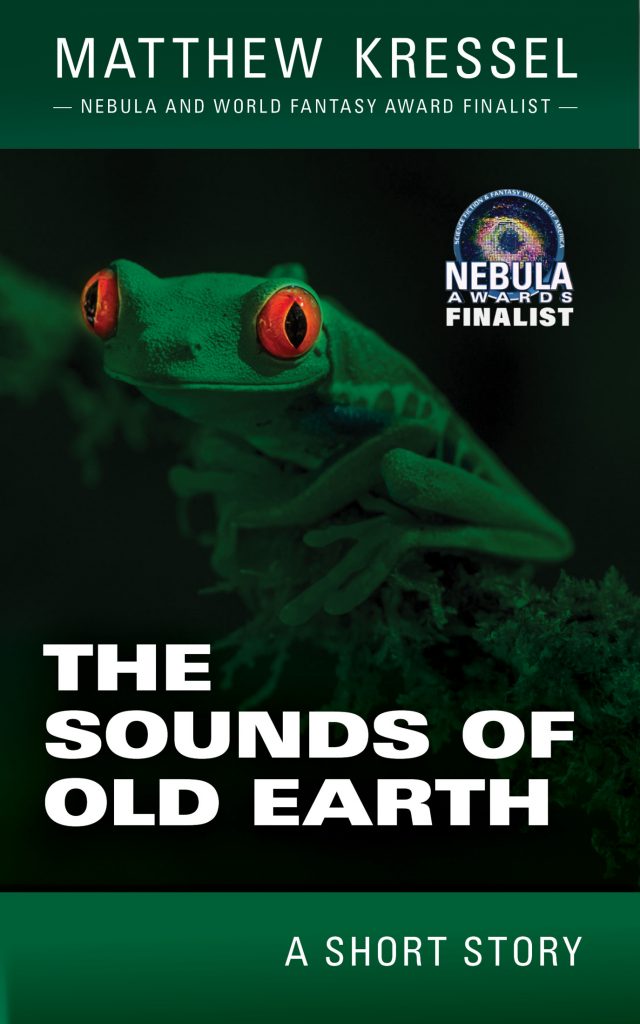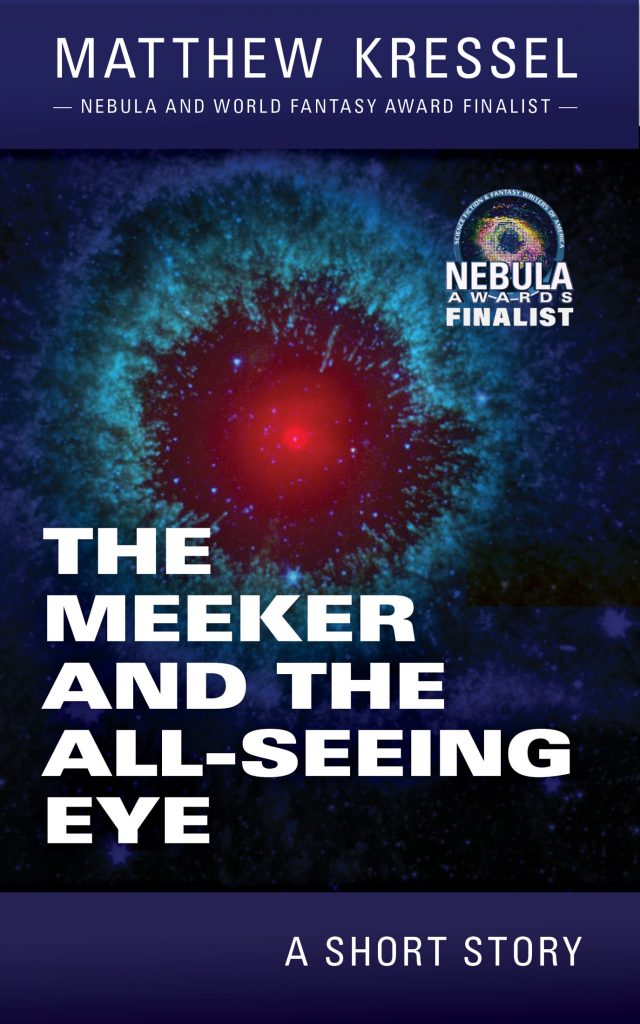A couple of weeks ago I wrote a post titled “Health and Happiness for Writers: The Writer’s Ego“, which was a continuation of the discussion from a panel at the 2018 Nebula Award Conference in Pittsburgh. In my post I discussed some of the emotional issues writers might encounter in their career. In this post, I want to talk a little bit about the physical side of things. Specifically, the writer’s spine and the travails we put it through, often unconsciously.
There is the old cliche that a suffering artist is a better artist. That’s horseshit. Artists do their best work when they are healthy and happy.
If you read my blog, you may have encountered my post “When I Was Suffering, I Made Less Art,” which is about my journey through the U.S. Healthcare system with no health insurance and a herniated disc in my neck that was so painful it made it near impossible to do anything productive. The post went viral after John Scalzi retweeted a link to it, because I think it resonated with people, and also because of the Republican attempts (which continue today) to repeal the Affordable Care Act.
There is the old cliche that a suffering artist is a better artist. That’s horseshit. Artists do their best work when they are healthy and happy.
So after the panel in Pittsburgh, this young guy comes up to me and, before he even speaks, I know by his body language what he’s going to say: he has terrible pain in his neck. You could see it in his face, his barely contained grimace, his reddened, squinting eyes. My first thought was, I see you’re in pain, and I have been through the same thing. I want to help you.
We didn’t have a lot of time to talk, but I quickly outlined several things that worked for me not only to mitigate but to eliminate pain. I also quickly went over techniques I use to keep my body functioning optimally, so I can be as productive as possible.
Here is some of what I said:
- Begin with body awareness. How are you sitting? How are you writing? Are you slouched over a keyboard like an opening parenthesis? This is the worst posture ever, because you are putting all of the weight of your head onto your cervical spine (lower back and neck), and these vertebrae are the most common to get herniated.
This should be your posture:

And actually, having the midline of the monitor at eye level is probably better, since it prevents you from leaning forward to see what’s on the bottom of your screen. - If you feel pain, stop. If I could shout this from the rooftops, I would: If you feel pain, stop. Do not work through pain. It doesn’t make you tough. It makes you stupid. Pain is your body’s way of telling you that you are doing it wrong. Got a tingle in your shoulder? Neck? Lower back? Stop. Reevaluate your posture. Take a break. Go get some water. Go for a walk. Working through pain is a quick way toward a more serious injury.
- Exercise your core. When you are young, your body forgives bad posture and infrequent exercise. But as we age, the places in our bodies where we have put the most stress will often flare up with an injury. This is because we have let our core muscles atrophy. Most people do not use the core muscles in their everyday lives. And because our core muscles are weak, our other muscles overcompensate. Your lower back or your neck take up the strain. One thing I’ve learned is that regular exercise of my core muscle groups reduces and often completely eliminates neck and lower back pain. This is because once you have strengthened those muscles, the rest of the body doesn’t need to work as hard to compensate. To strengthen my core, I use a combination of Iyengar Yoga (you can do this routine in about 10 minutes in the morning) and a rowing machine at the gym, with occasional free weights.
- You are what you ingest. When I was in my 20s, I could throw back half a dozen beers and be fresh for work the next morning. Now, even two beers negatively affects my sleep cycle. Also, when I occasionally ingest (or inhale) other substances (use your imagination) I’ve found my energy level adversely affected the next day. The same is true for refined carbs. I love pizza and I could seriously eat a whole pie by myself. But afterward, and often the next day, I’m a sloth: sleepy, cranky, unmotivated. The bad things I put into my body have very real and immediate consequences in ways that they didn’t when I was in my 20s. This includes caffeine. My suggestion: avoid sugar, refined carbs, and excess caffeine. Minimize your intake of alcohol and drugs. Eat as many plants as you can stomach, because that’s still probably not enough. Have your blood tested to see if you are deficient in any vitamins (most of us are Vitamin D deficient), and take supplements if necessary.
- See a doctor, if you need to. Don’t be afraid to see a doctor. I know this one’s a mixed bag for many, since the quality and affordability of health insurance, at least in the U.S., is not ubiquitous. But if you can and have the opportunity, go see someone. Get a professional opinion. In fact, get multiple opinions. One orthopedist was ready to inject a steroid into my spine after a five-minute consult. I didn’t feel comfortable with that at all. I did visit a chiropractor who, through an adjustment, gave me the most relief I had had in many months, and that was wonderful. But another chiropractor, at the same practice, gave me no relief at all (I think because he was inexperienced), and so I left for another practice. My point is: get professional opinion(s), to make sure there is nothing more serious going on, but also use your judgment. If something doesn’t feel right for you, then don’t be afraid to walk away and seek help elsewhere.
- There is no shame in pain. This goes back to some of what I said in my earlier post about our emotions. During my most painful flare-up years ago, I was afraid to speak up and let people know how much I was suffering. Part of this was pride. I’m too young to be in this much pain. I can’t let anyone know I’m suffering, as that would make me vulnerable. Part of it was denial. If I ignore it, it will go away. Part of it was lack of health insurance. I have no other options, so I might as well just deal with this. A lot of this stems from societal expectations. Men, especially of my generation (Gen X), have been conditioned to avoid revealing vulnerability. We were taught that this is a sign of weakness, and weakness is bad. But — and this may seem counterintuitive — the strongest I’ve ever felt in my life was when I openly revealed my vulnerabilities and my pain to others. I have found that hiding my vulnerabilities only serves to amplify them, in the long run. My point: it’s okay to be in pain. There is no shame in it. In fact, millions of others have gone through what you are going through, and many of them can help.
And while I could go on, I already feel this post is getting rather long. And I think, depending on the feedback I get from this, I might do another post in this series. So I hope this was helpful to you. Let me know in the comments.
